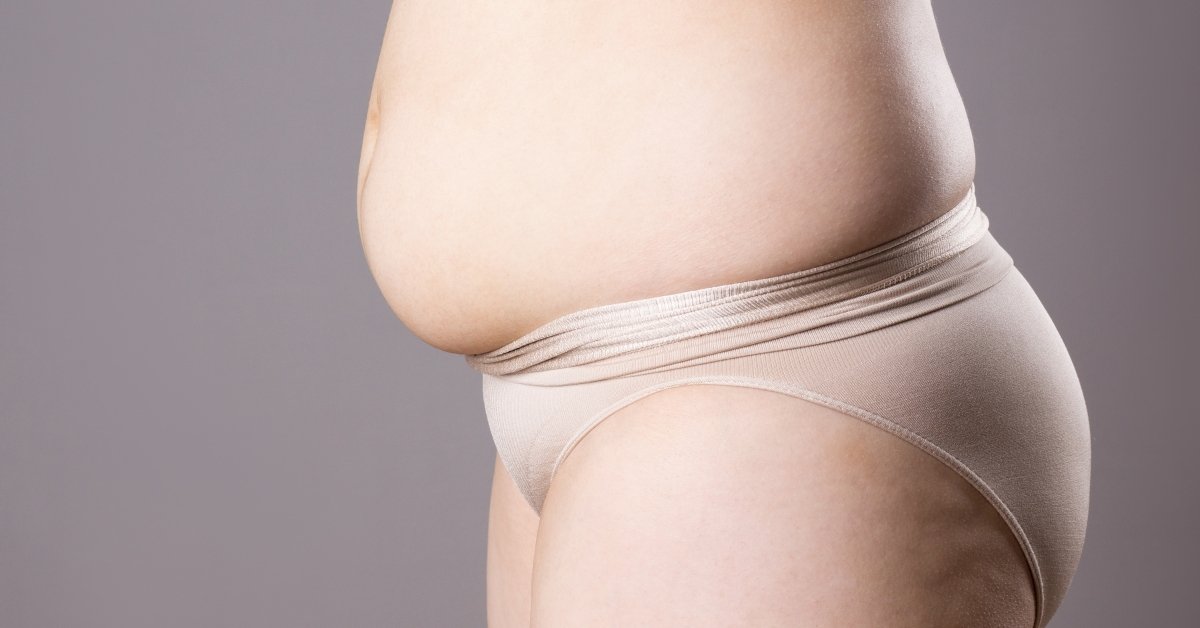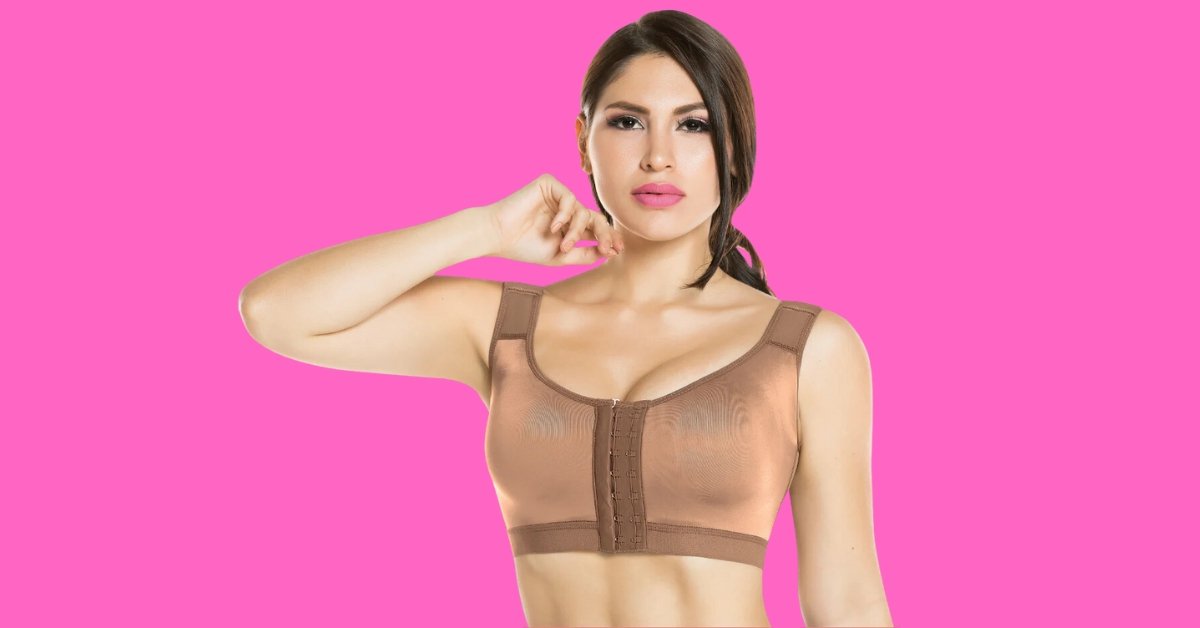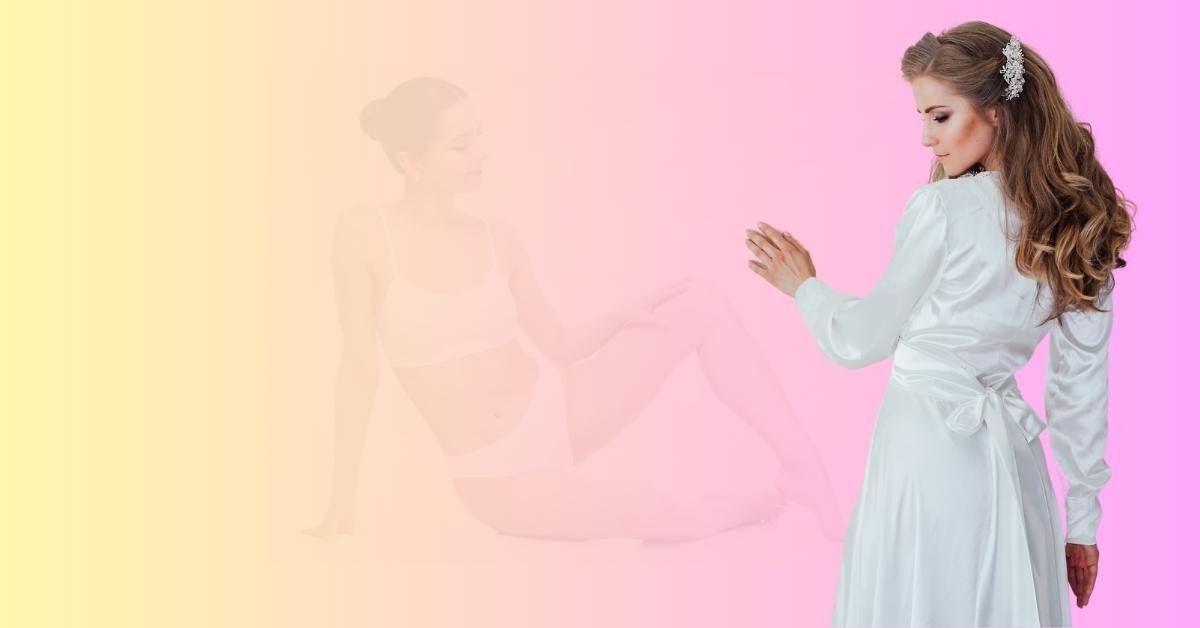Shapewear’s popularity raises concerns among body image experts. Experts warn of dangers and promote self-acceptance.
Table of Contents
Introduction

The rise in popularity of shapewear has sparked concerns among body image experts who argue that its growing demand signifies a larger crisis.
Once associated with embarrassment and the desire to appear slimmer, shapewear has been rebranded as an aspirational fashion accessory, appealing particularly to young women.
However, the increasing popularity of shapewear and the availability of fast fashion knock-offs have raised worries about its potential dangers to individuals’ well-being.
The Transformation of Shapewear

Shapewear, or control pants, was originally marketed toward individuals who felt societal pressure to have a flat stomach.
Movies like Bridget Jones’s Diary portrayed shapewear as something to be concealed and caused embarrassment.
However, today’s shapewear is marketed as a means to achieve a narrow waist and an hourglass figure akin to those popularized by celebrities like Kim Kardashian.
Skims, a brand founded by Kim Kardashian, has played a significant role in transforming shapewear into a glamorous and desirable fashion item.
The Influence of Fast Fashion

The success of Skims has led to an influx of fast fashion knock-offs flooding the market.
Retailers like PrettyLittleThing offer affordable alternatives to Skims’ products, including viral bodysuits and waist trainers.
These imitation products often lack proper sizing and quality, raising concerns about potential health risks.
Elasticated shapewear that is too small can restrict blood circulation, causing injury and discomfort.
The Psychological Impact

Experts working with women of various age groups have witnessed how shapewear contributes to body image issues.
Some individuals feel pressured to wear shapewear to conform to societal expectations and achieve a particular body shape.
Wearing shapewear is seen as applying an “IRL filter” to one’s body, similar to using filters on social media.
This pressure can lead to emotional distress and discomfort, with some individuals wearing shapewear even in hot weather.
Such concerns highlight the underlying fatphobia and body image trauma prevalent in society.
Experts Warn of Dangers

Body image experts and self-esteem coaches caution against using shapewear, particularly those made by fast fashion brands.
They emphasize that shapewear is not a fashion statement but a potentially dangerous practice.
Ill-fitting and low-quality shapewear can have negative physical and mental consequences.
Waist trainers, in particular, have been criticized for causing physical discomfort and perpetuating unrealistic beauty standards.
Hope for Embracing Natural Bodies

Despite the popularity of shapewear, experts remain hopeful that more women will recognize the need to embrace their natural bodies.
By challenging fatphobia and promoting positive body image, society can shift away from harmful practices and foster self-acceptance.
Advantages and Disadvantages of Shapewear
| Advantages | Disadvantages |
|---|---|
| Instant body shaping: Shapewear provides immediate contouring and smoothing of the body, enhancing curves and creating a more streamlined appearance | Potential health risks: Poorly fitting or low-quality shapewear can restrict blood circulation and cause discomfort or injury. |
| Boosts self-confidence: Shapewear can help individuals feel more confident in their appearance, providing a temporary solution to body image concerns. | Unrealistic beauty standards: The use of shapewear may perpetuate the pursuit of unrealistic body ideals and contribute to negative body image. |
| Versatile options: Shapewear is available in various styles and sizes, catering to different body types and clothing preferences. | Discomfort and breathability: Shapewear can be uncomfortable to wear, especially in hot weather, and may lack proper breathability. |
| Posture support: Some shapewear provides additional support for the back and core, helping to improve posture and provide relief from back pain. | Dependency on external support: Reliance on shapewear may lead to a reliance on external shaping rather than embracing and accepting one’s natural body. |
| Temporary body transformation: Shapewear allows individuals to achieve a desired figure for special occasions or to enhance the fit of certain outfits. | Emotional impact: Wearing shapewear to alter one’s appearance can contribute to emotional distress, negative self-perception, and perpetuate body image insecurities. |
Conclusion

While shapewear has transformed from a practical support garment to a fashionable accessory, concerns about its impact on body image and well-being persist.
The availability of cheap imitations in the fast fashion market raises questions about quality and safety.
Body image experts stress the importance of embracing natural bodies and promoting self-acceptance over pursuing an unattainable ideal.
By addressing these concerns, society can work towards a healthier and more inclusive approach to body image.
FAQs

What is shapewear?
Shapewear refers to undergarments designed to shape and contour the body, offering support and creating a desired silhouette.
How has the perception of shapewear changed over time?
Previously associated with embarrassment and the desire to appear slimmer, shapewear has been rebranded as a fashionable accessory marketed to achieve an hourglass figure.
Are there potential risks associated with wearing shapewear?
Yes, poorly fitting or low-quality shapewear can pose health risks. Wearing too tight shapewear may restrict blood circulation and cause discomfort or injury.
Is shapewear only for people with certain body types?
No, shapewear is available for individuals of various body types and sizes. It is marketed to enhance curves or create a smoother silhouette.
Can shapewear have an impact on body image?
The pressure to conform to societal beauty standards can contribute to body image issues. Wearing shapewear to alter one’s appearance may lead to emotional distress and a negative self-perception.
How can I promote a positive body image while using shapewear?
It is important to prioritize self-acceptance and embrace your natural body. Recognize that shapewear should not define your worth or shape your self-confidence.
Are there alternatives to shapewear for achieving body confidence?
Yes, promoting body positivity and self-care is crucial. Focus on healthy lifestyle choices, exercise, and adopting a mindset that values self-acceptance and individual uniqueness.
Can shapewear be worn comfortably in hot weather?
Shapewear can be uncomfortable, especially in hot weather. It is important to prioritize your comfort and choose breathable fabrics or consider alternatives during warm seasons.
What can be done to address the impact of shapewear on body image?
Raising awareness about the potential risks and promoting inclusive beauty standards can help shift societal perceptions. Emphasizing self-acceptance and celebrating diverse body types is crucial in fostering a healthier body image culture.
Is shapewear necessary to feel confident in one’s appearance?
No, confidence should come from within, embracing your unique qualities and appreciating your body as it is. Shapewear should be seen as an optional accessory, not a requirement for self-assurance.
Get our best stuff sent straight to you! Join our WhatsApp Channel.






